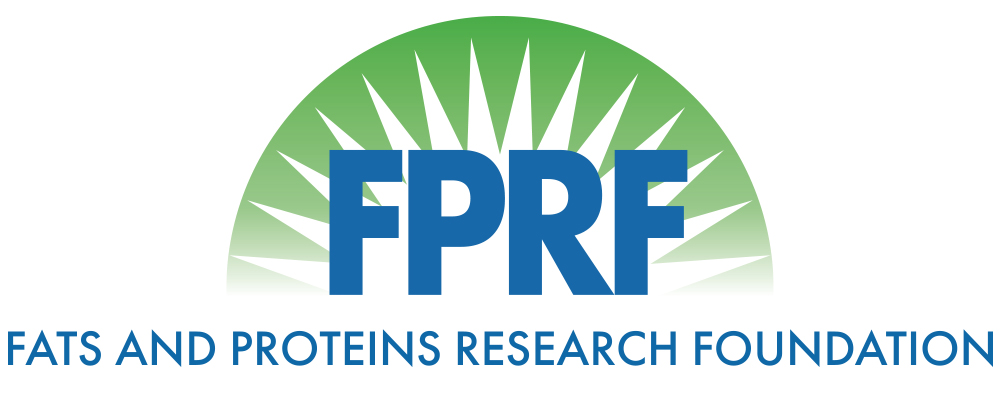Potential of using a blend of rendered animal protein ingredients to replace fish meal in practical diets for malabar grouper (Epinephelus malabricus)
Title: Potential of using a blend of rendered animal protein ingredients to replace fish meal in practical diets for malabar grouper (Epinephelus malabricus)
Principle Investigator: Yan Wang and Dominique Bureau
Year: 2005
Objective: The purpose of the study is to assess the potential of using a blend of PBM, MBM, FM, and BM as fish meal substitute in practical diets for malabar grouper, with or without adding squid viscera meal.
Scientific Abstract: Two net pen experiments were carried out to assess the potential of using a blend of poultry by-products meal (PBM), meat and bone meal (MBM), feather meal (FM) and blood meal (BM) to replace fish meal in practical diets for malabar grouper Epinephelus malabaricus. The blend comprised of 50% PBM, 20% MBM, 20% BM and 10% FM. In the experiment I, triplicate groups of fish (initial body weight 51.0 g) were fed five isonitrogenous and isocaloric diets. The control diet (C) contained 50% herring meal, whereas in the diets M1, M2, M3 and M4, fish meal level was reduced to 37.5, 25, 12.5 and 0% by incorporating the blend as alternate protein source. No significant differences were found in feed intake, final body weight (FBW), weight gain (WG), feed conversion ratio (FCR), nitrogen retention efficiency (NRE), energy retention efficiency (ERE) and total nitrogen waste outputs (TNW) among fish fed the diet C, M1 and M2. Fish fed the diet M3 and M4 had higher feed intake, FCR and TNW, but lower FBW, WG, NRE and ERE, than that of fish fed the diet C. At the end of experiment I, there were no significant differences in condition factor (CF), hepatosomatic index (HSI) and contents of moisture, crude protein, crude lipid and ash in whole fish body among the diet treatments. In the experiment II, squid viscera meal was added at 1% as feeding stimulant in three diets used in the experiment I (diet SC vs. diet C, diet SM2 vs. diet M2, and diet SM3 vs. diet M3). No significant differences were found in feed intake, FBW, WG, FCR, NRE, ERE and TNW between fish fed the diet SC and C, and fish fed the diet SM2 and M2, and fish fed the diet SM3 and M3. At the end of experiment II, there were no significant differences in CF, HSI and whole fish body composition among the diet treatments. Results of the present study indicate the least dietary fish meal level should be 25% for malabar grouper reared in net pens, and adding squid viscera meal at 1% in diets cannot stimulate feeding and growth of the fish.
